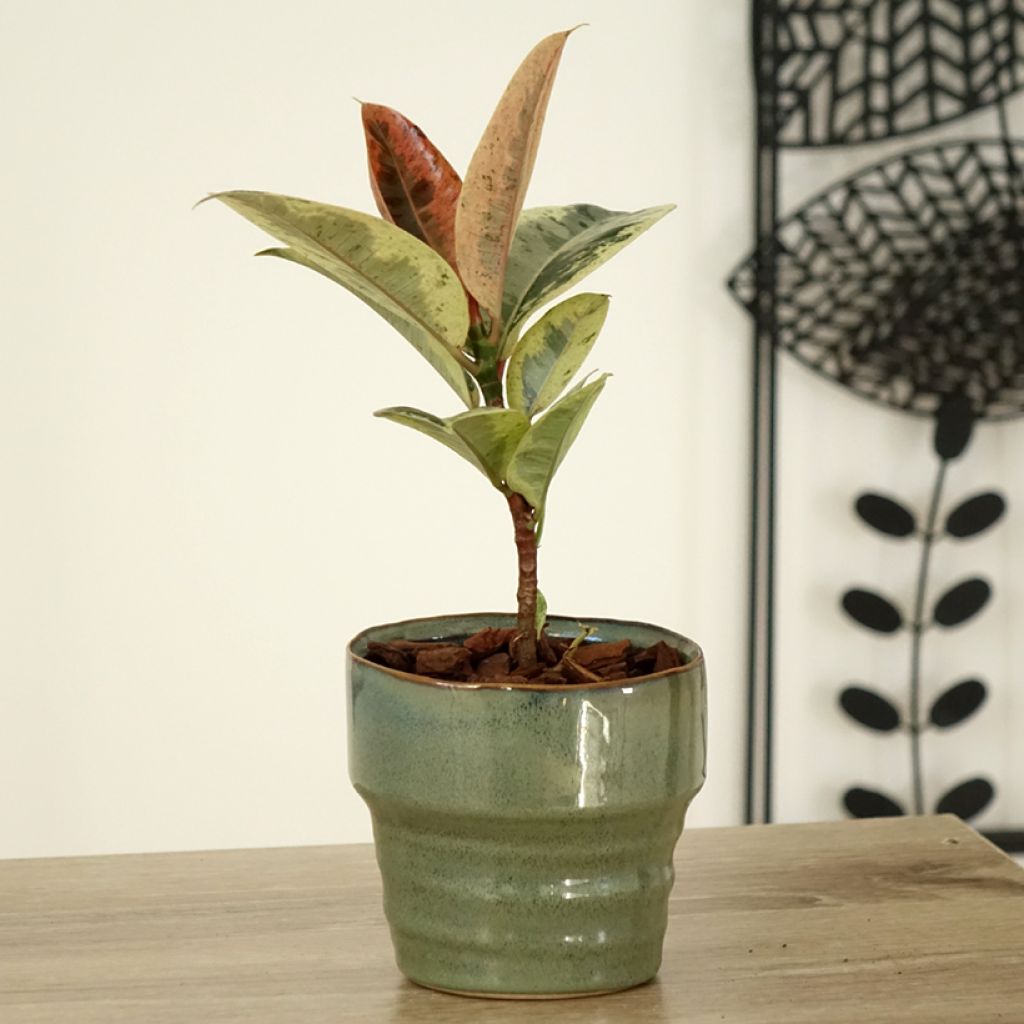

Ficus elastica Shivereana - Schrijveriana Moonshine - Variegated Rubber Plant - Moonshine Rubber Tree
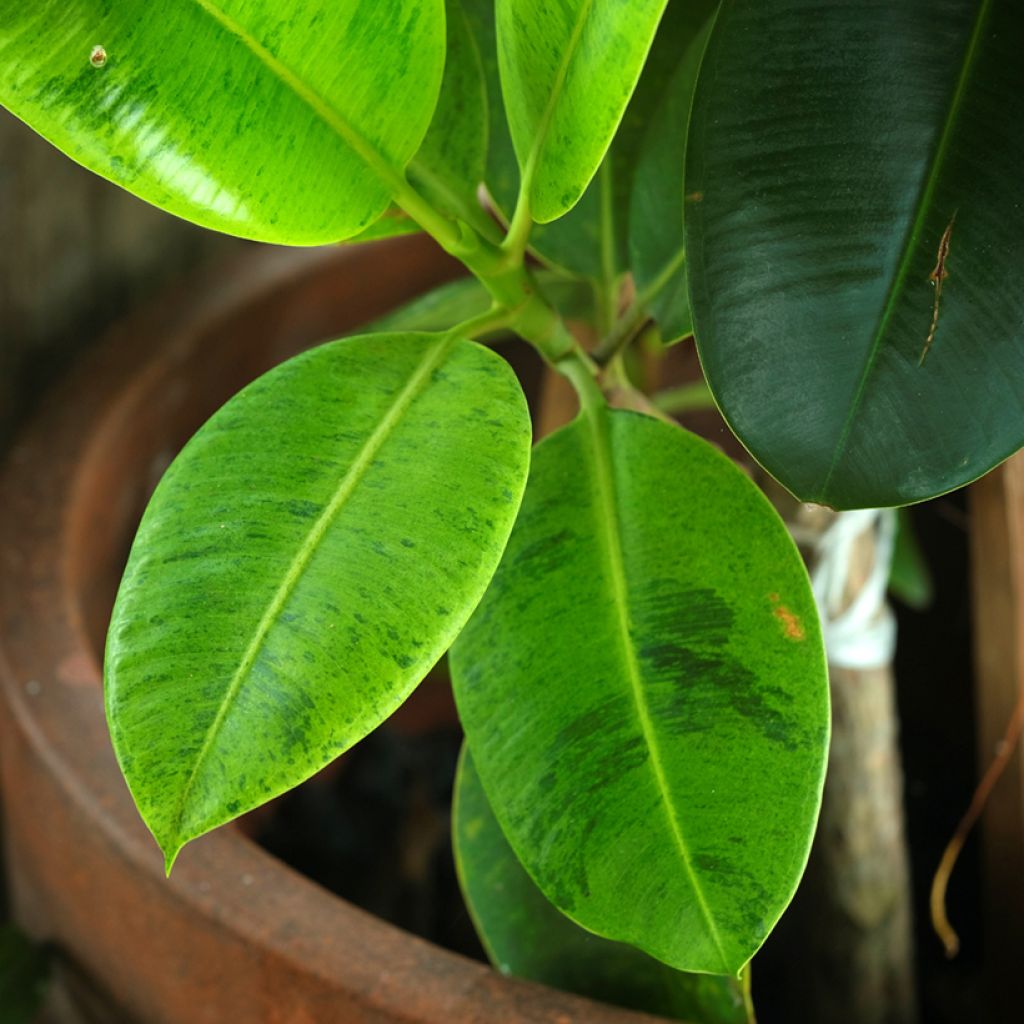

Ficus elastica Shivereana - Schrijveriana Moonshine - Variegated Rubber Plant - Moonshine Rubber Tree
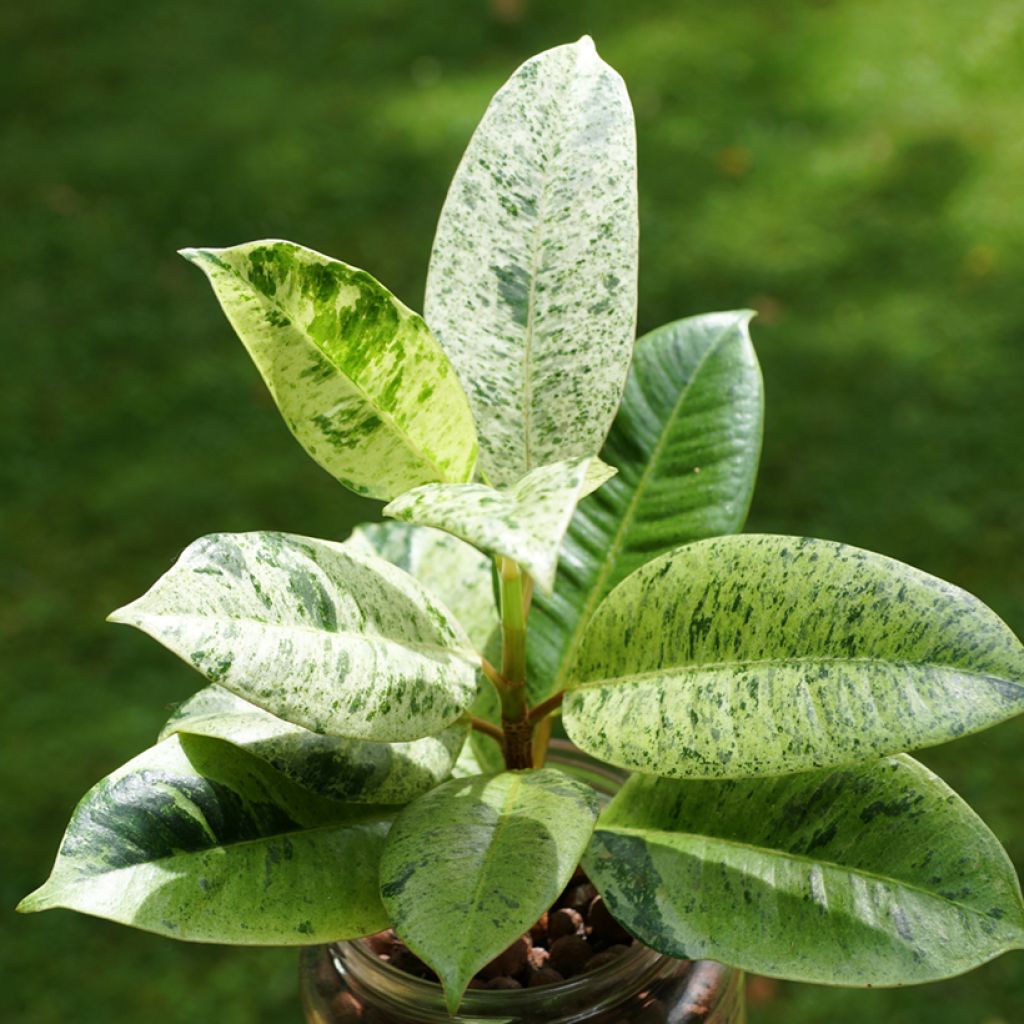

Ficus elastica Shivereana - Schrijveriana Moonshine - Variegated Rubber Plant - Moonshine Rubber Tree
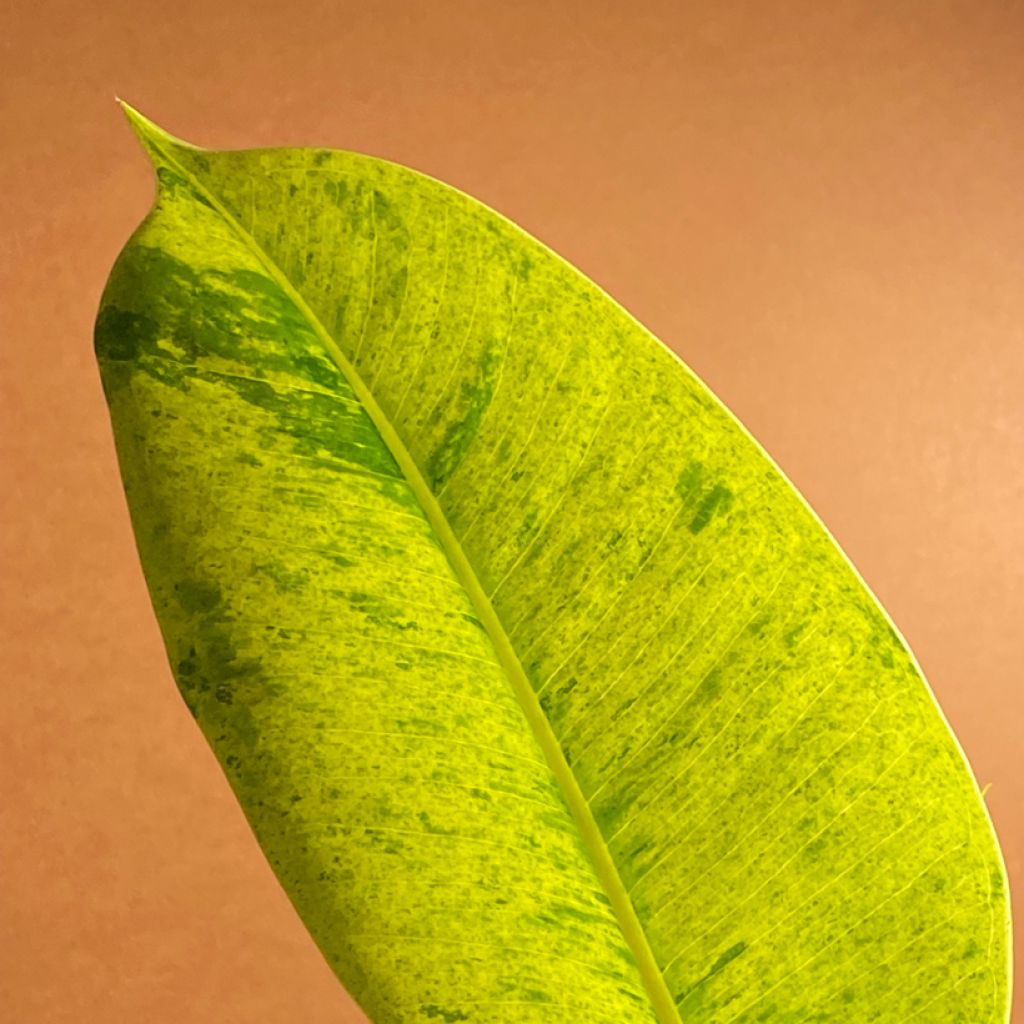

Ficus elastica Shivereana - Schrijveriana Moonshine - Variegated Rubber Plant - Moonshine Rubber Tree
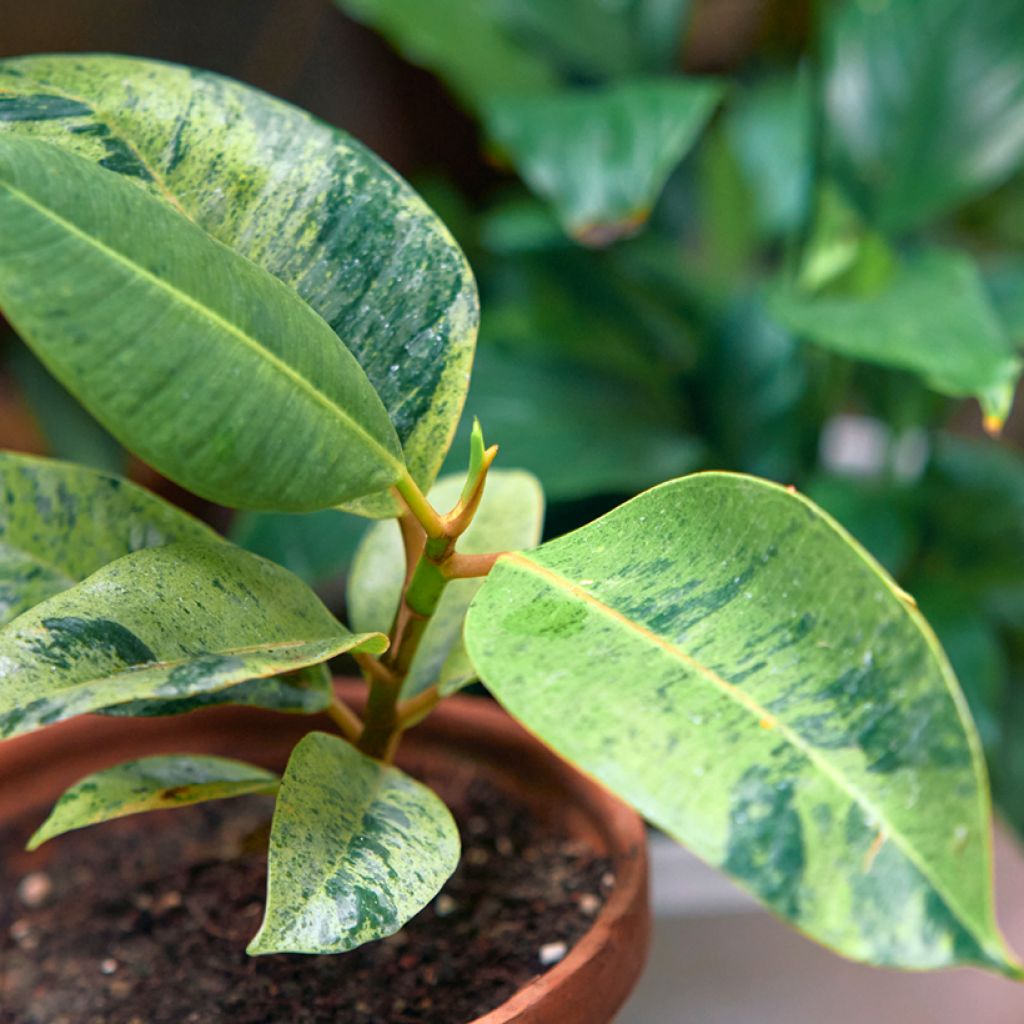

Ficus elastica Shivereana - Schrijveriana Moonshine - Variegated Rubber Plant - Moonshine Rubber Tree
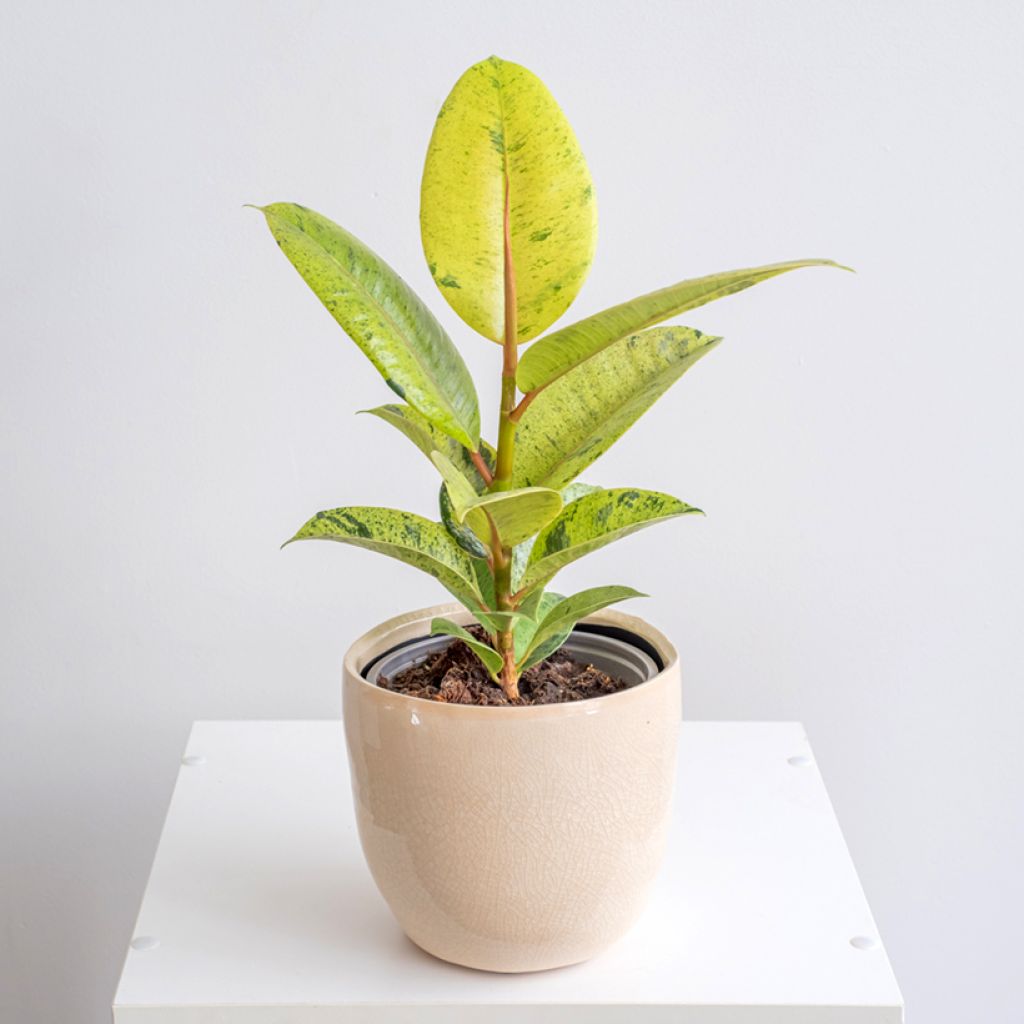

Ficus elastica Shivereana - Schrijveriana Moonshine - Variegated Rubber Plant - Moonshine Rubber Tree
Ficus elastica Shivereana - Rubber plant
Ficus elastica Shivereana
Rubber plant, rubber fig plant
This item cannot be shipped to the selected country
Delivery charge from 6,90 €
More information
Shipping country:
-
-
-
-
-
-
-
-
-
-
-
-
-
-
-
-
-
-
-
-
-
-
-
-
-
-
-
-
-
-
-
-
Schedule delivery date,
and select date in basket
This plant carries a 30 days recovery warranty
More information
We guarantee the quality of our plants for a full growing cycle, and will replace at our expense any plant that fails to recover under normal climatic and planting conditions.
From 7,90 € for pickup delivery and 6,90 € for home delivery
Express home delivery from 8,90 €.
Description
The Ficus 'Shivereana', derived from the species Ficus elastica, is a variety of Rubber Plant also known as 'Shivereana Moonshine'. This houseplant which forms a small tree indoors with its upright trunk(s) is prized for its beautiful and vibrant foliage. Each leaf is uniquely adorned with a lovely marbling of cream, soft white, and various shades of green. Its broad, thick, and glossy leaves typical of the Rubber Plant often appear slightly translucent under bright, indirect light, further enhancing their beauty. It is recommended to regularly clean the leaves with a damp cloth to remove dust and maintain the foliage's lustre. Give it plenty of light to see it truly thrive.
Belonging to the Moraceae family, the Ficus 'Shivereana' also has the botanical synonym Ficus elastica 'Schrijveriana'. It is a horticultural variety selected for its colourful foliage. At maturity, the plant can reach up to 2 m in height with a spread of 1 m, displaying an upright and elegant habit. Its ovate, thick, and leathery leaves can grow up to 25 cm long and have a smooth texture. Although flowering is rare indoors, it manifests if at all as small, inconspicuous inflorescences of little ornamental value. The plant is toxic if ingested by animals and humans. Take precautions during pruning or prolonged handling.
Native to the tropical regions of Southeast Asia, particularly India and Malaysia, the Ficus elastica naturally grows in warm and humid environments, often in undergrowth, which explains its preference for indirect light and not unduly dry ambiant air indoors.
The Shivereana Rubber Plant is a houseplant with a striking presence due to its elegant, upright, and open habit, as well as its superb foliage adorned with various colours. It can be placed among many plants in a large space or serve as the sole focal point in a smaller room. While it tolerates medium light, it truly thrives in bright, indirect light with ambient humidity levels of around 50 to 70%. Why not pair it, among others, with Monstera deliciosa and Philodendron scandens, which share similar light and humidity requirements. It is beneficial to group houseplants together for aesthetic reasons and to increase ambient humidity.
Report an error about the product description
Ficus elastica Shivereana - Rubber plant in pictures




Foliage
Plant habit
Botanical data
Ficus
elastica
Shivereana
Moraceae
Rubber plant, rubber fig plant
Cultivar or hybrid
Safety measures
Other Ficus - Indoor plant fig
View all →Location
Location
Maintenance and care
Potting advice, substrates and fertilisers
Houseplant care
Disease and pest advice
Maintenance and care
This item has not been reviewed yet - be the first to leave a review about it.
Haven't found what you were looking for?
Hardiness is the lowest winter temperature a plant can endure without suffering serious damage or even dying. However, hardiness is affected by location (a sheltered area, such as a patio), protection (winter cover) and soil type (hardiness is improved by well-drained soil).

Photo Sharing Terms & Conditions
In order to encourage gardeners to interact and share their experiences, Promesse de fleurs offers various media enabling content to be uploaded onto its Site - in particular via the ‘Photo sharing’ module.
The User agrees to refrain from:
- Posting any content that is illegal, prejudicial, insulting, racist, inciteful to hatred, revisionist, contrary to public decency, that infringes on privacy or on the privacy rights of third parties, in particular the publicity rights of persons and goods, intellectual property rights, or the right to privacy.
- Submitting content on behalf of a third party;
- Impersonate the identity of a third party and/or publish any personal information about a third party;
In general, the User undertakes to refrain from any unethical behaviour.
All Content (in particular text, comments, files, images, photos, videos, creative works, etc.), which may be subject to property or intellectual property rights, image or other private rights, shall remain the property of the User, subject to the limited rights granted by the terms of the licence granted by Promesse de fleurs as stated below. Users are at liberty to publish or not to publish such Content on the Site, notably via the ‘Photo Sharing’ facility, and accept that this Content shall be made public and freely accessible, notably on the Internet.
Users further acknowledge, undertake to have ,and guarantee that they hold all necessary rights and permissions to publish such material on the Site, in particular with regard to the legislation in force pertaining to any privacy, property, intellectual property, image, or contractual rights, or rights of any other nature. By publishing such Content on the Site, Users acknowledge accepting full liability as publishers of the Content within the meaning of the law, and grant Promesse de fleurs, free of charge, an inclusive, worldwide licence for the said Content for the entire duration of its publication, including all reproduction, representation, up/downloading, displaying, performing, transmission, and storage rights.
Users also grant permission for their name to be linked to the Content and accept that this link may not always be made available.
By engaging in posting material, Users consent to their Content becoming automatically accessible on the Internet, in particular on other sites and/or blogs and/or web pages of the Promesse de fleurs site, including in particular social pages and the Promesse de fleurs catalogue.
Users may secure the removal of entrusted content free of charge by issuing a simple request via our contact form.
The flowering period indicated on our website applies to countries and regions located in USDA zone 8 (France, the United Kingdom, Ireland, the Netherlands, etc.)
It will vary according to where you live:
- In zones 9 to 10 (Italy, Spain, Greece, etc.), flowering will occur about 2 to 4 weeks earlier.
- In zones 6 to 7 (Germany, Poland, Slovenia, and lower mountainous regions), flowering will be delayed by 2 to 3 weeks.
- In zone 5 (Central Europe, Scandinavia), blooming will be delayed by 3 to 5 weeks.
In temperate climates, pruning of spring-flowering shrubs (forsythia, spireas, etc.) should be done just after flowering.
Pruning of summer-flowering shrubs (Indian Lilac, Perovskia, etc.) can be done in winter or spring.
In cold regions as well as with frost-sensitive plants, avoid pruning too early when severe frosts may still occur.
The planting period indicated on our website applies to countries and regions located in USDA zone 8 (France, United Kingdom, Ireland, Netherlands).
It will vary according to where you live:
- In Mediterranean zones (Marseille, Madrid, Milan, etc.), autumn and winter are the best planting periods.
- In continental zones (Strasbourg, Munich, Vienna, etc.), delay planting by 2 to 3 weeks in spring and bring it forward by 2 to 4 weeks in autumn.
- In mountainous regions (the Alps, Pyrenees, Carpathians, etc.), it is best to plant in late spring (May-June) or late summer (August-September).
The harvesting period indicated on our website applies to countries and regions in USDA zone 8 (France, England, Ireland, the Netherlands).
In colder areas (Scandinavia, Poland, Austria...) fruit and vegetable harvests are likely to be delayed by 3-4 weeks.
In warmer areas (Italy, Spain, Greece, etc.), harvesting will probably take place earlier, depending on weather conditions.
The sowing periods indicated on our website apply to countries and regions within USDA Zone 8 (France, UK, Ireland, Netherlands).
In colder areas (Scandinavia, Poland, Austria...), delay any outdoor sowing by 3-4 weeks, or sow under glass.
In warmer climes (Italy, Spain, Greece, etc.), bring outdoor sowing forward by a few weeks.

































